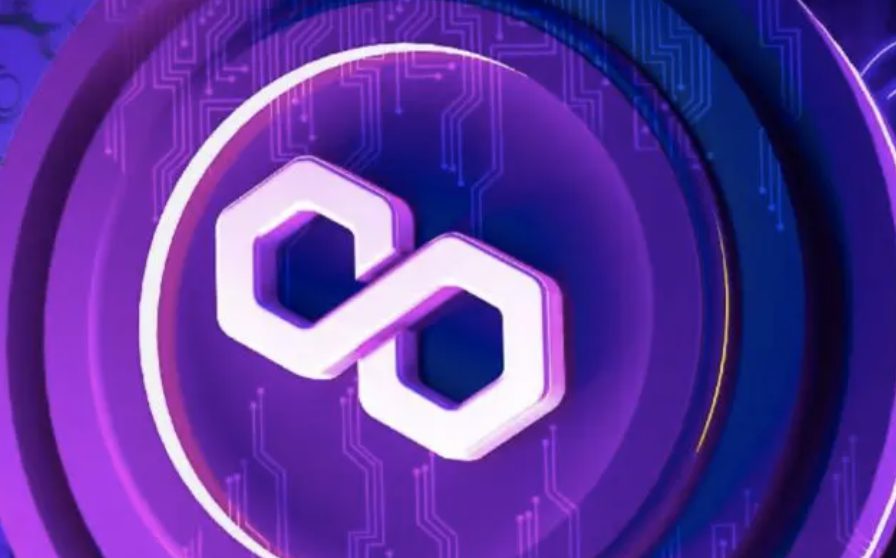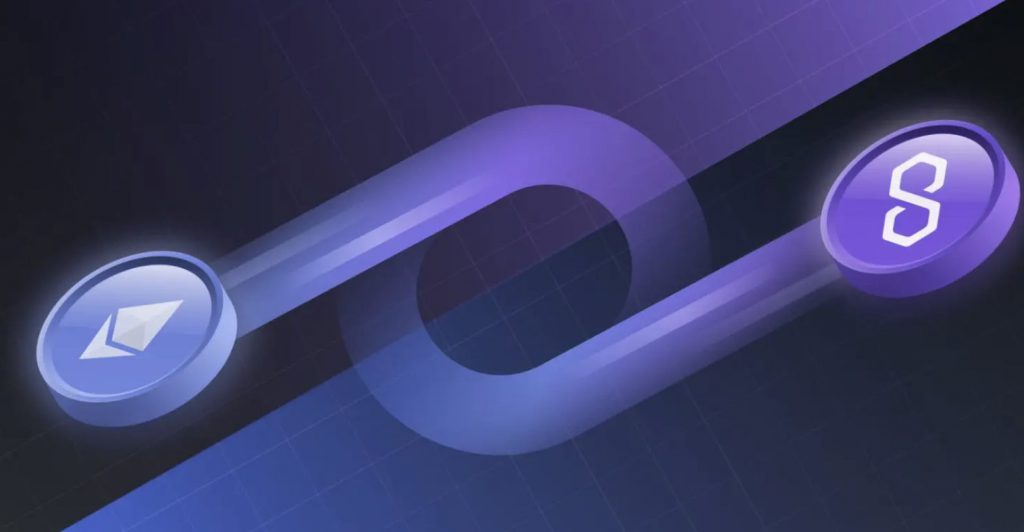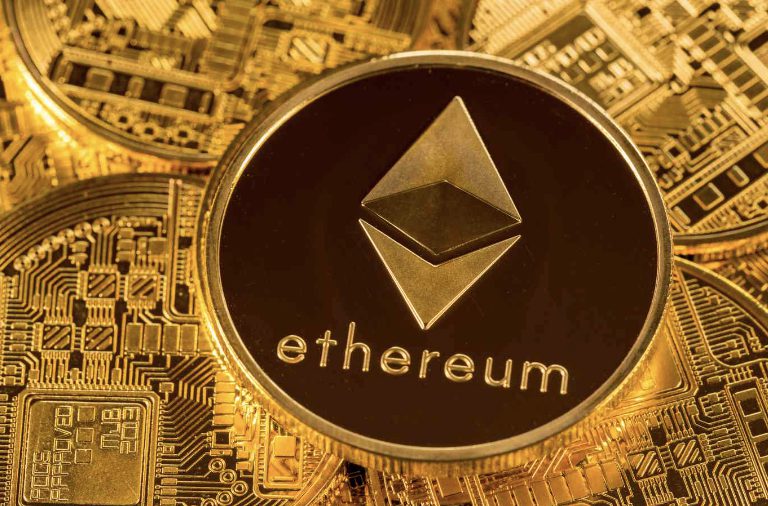Your guide: How to Bridge from Ethereum to Polygon?
Moving assets easily between different blockchain networks is becoming more and more important in the world of decentralized finance (DeFi), which is changing very quickly. The bridge between the Ethereum mainnet and the Polygon network is one of these important links. The Polygon network is a layer-2 scaling option that aims to make Ethereum-based transactions faster, cheaper, and less complicated.
No matter how long you’ve been a DeFi fan or how new you are to the crypto world, knowing how to connect your Ethereum-based assets to Polygon can give you a lot of new options.
So, if you’ve ever wondered, “How to Bridge from Ethereum to Polygon?” you’re in luck! Today, we’ll cover this and more. Keep reading to find out more.
Also read: 2 BRICS Countries Advancing Towards Launching New Currency


Polygon: What is it?
Polygon is a layer-2 scaling system built on top of the Ethereum blockchain. It used to be called Matic Network. Some problems with Ethereum include high transaction fees and a slow network. Its main goal is to fix these problems by making it easier and cheaper to use decentralized apps (dApps) and send assets.
Polygon works as an extra layer on top of Ethereum, letting users benefit from its faster processing times, lower fees, and better ability to grow. If you connect your Ethereum-based assets to Polygon, you can get these benefits while keeping the Ethereum network safe and decentralized.
Why build a bridge between Ethereum and Polygon?
There are many strong reasons why you might want to connect your Ethereum-based assets to Polygon:
Less money spent on fees
One of the best things about Polygon is that transaction fees are much lower than on the Ethereum mainnet. Gas fees have gone through the roof as Ethereum’s network activity has grown, making it too expensive for many users to use dApps or send assets. As long as you bridge to Polygon, your experience will be much cheaper.
Faster Transactions
The layer-2 design of Polygon makes transaction processing times faster, usually in the range of seconds or minutes. This is in contrast to the Ethereum mainnet, where confirmation times are longer. This can be especially helpful for deals that need to be done quickly or when you need to get to your assets quickly.
Also read: 54 Nations to Attend BRICS Summit 2024 and Ditch the US Dollar
Ecosystem Growth
The ecosystem of dApps, decentralized exchanges (DEXes), and other DeFi services in Polygon is growing quickly. This gives people more options to explore and use. By connecting your Ethereum-based assets to Polygon, you can join this growing ecosystem and use all of its different services.


Compatible use
Because Polygon is interoperable, you can easily move your assets between it and other blockchain networks like Avalanche, Binance Smart Chain, and Ethereum. This makes it possible for people on different chains to interact with each other and take advantage of chances in other ecosystems.
How to connect assets that run on Ethereum to Polygon
Getting your Ethereum-based assets connected to Polygon is easy and can be done with the Polygon Bridge or by using bridge services from a third party. Let’s look at the steps that go into each method:
Also read: BRICS Pay Blockchain System to Launch Next Month?
Using the Polygon Bridge
Connect Your Wallet: To start, connect your Ethereum-compatible wallet to the Polygon web wallet. One example of this is MetaMask.
To choose the asset, go to the “Native Bridge” area of the Polygon web wallet and pick the Ethereum-based asset you want to connect, like ETH or an ERC-20 token.
Type in the amount: Choose how much of the chosen asset you want to move from Ethereum to Polygon.
Accept the Transaction: You will be asked to accept the transaction in your wallet. This means letting the Polygon web wallet access the chosen asset. Confirm the deal and pay the gas fee that goes with it.
Wait for the Bridge to Finish: The process of linking might take a few minutes to finish. After the deal is confirmed, the bridged assets will show up in your wallet that works with Polygon.


Conclusion
Connecting your Ethereum-based assets to the Polygon network can change the game by giving you a faster, cheaper, and more flexible way to connect with the DeFi ecosystem. Whether you want to lower transaction fees, get faster transaction times, or use more dApps and services, the Polygon bridge can help you find new ways to do things.
You can easily connect your Ethereum-based tokens, such as ERC-20 assets, to the Polygon network by following the step-by-step steps in this guide. When planning your transactions, don’t forget to think about the gas fees, bridging delays, and network compatibility. Also, keep up with the latest changes in the Polygon environment.
Connecting your Ethereum-based assets to Polygon today will let you use the full power of decentralized finance and cross-chain connection.




